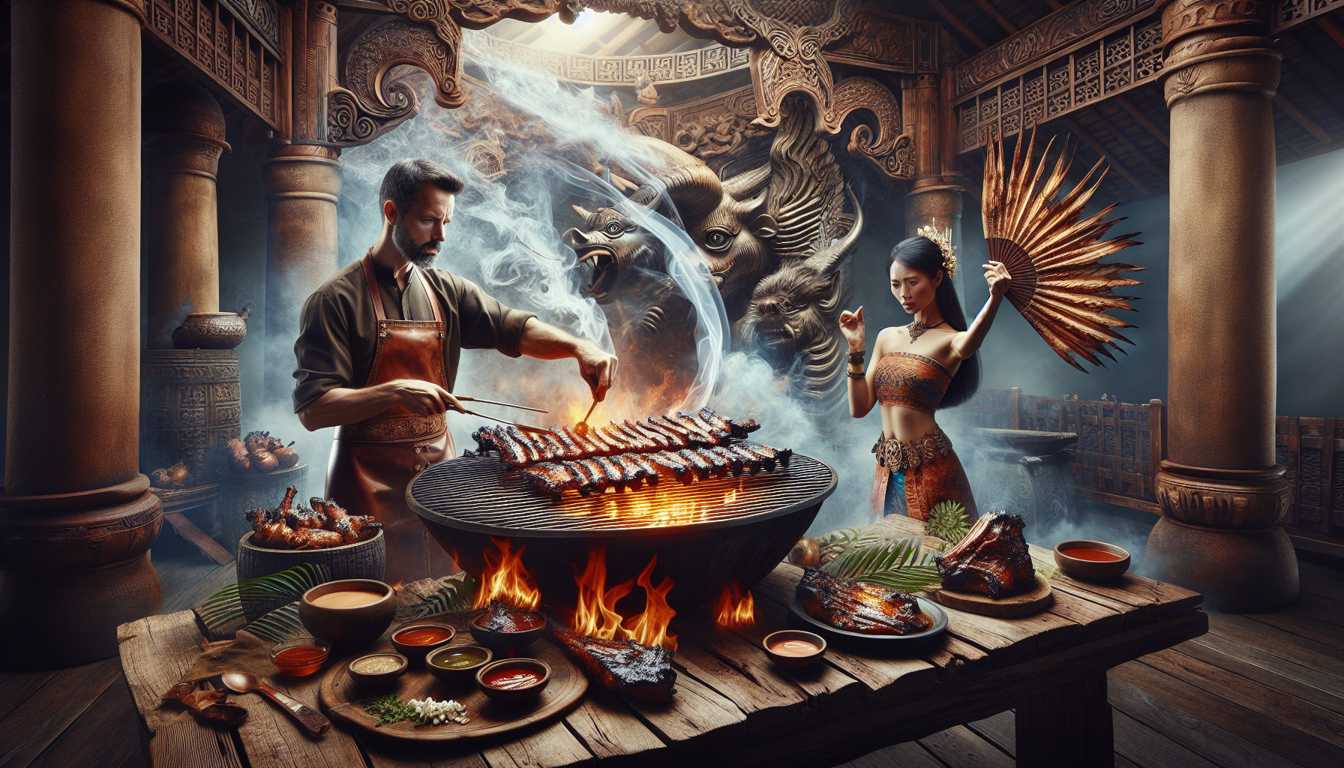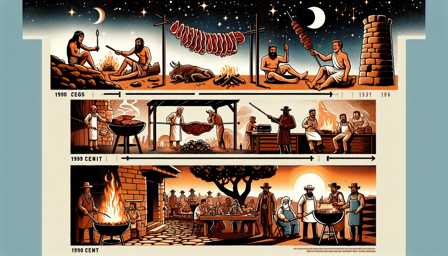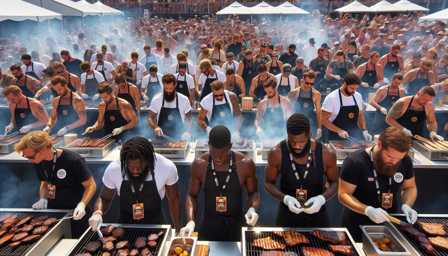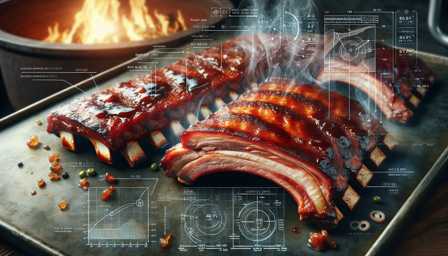
The Art of Smoking: Mastering Barbecue Techniques
Barbecue enthusiasts often regard smoking as an art form, a culinary technique that requires patience, skill, and a deep understanding of the process. From choosing the right wood to maintaining the perfect temperature, every step is crucial in achieving that perfectly smoked piece of meat. In this comprehensive guide, we'll explore the essential techniques and tools needed to master the art of smoking.
Understanding the Basics of Smoking
Smoking is a method of cooking food, especially meat, by exposing it to smoke from burning or smoldering material, usually wood. Unlike grilling, smoking is done over a longer period and at lower temperatures, which allows the flavor of the smoke to penetrate the food.
Choosing the Right Smoker
The first step in mastering barbecue smoking is selecting the right smoker. There are several types of smokers available, each with its unique features:
- Offset Smokers: Popular among traditionalists, offset smokers consist of a large chamber for the food and an attached smaller chamber where the wood burns. A classic choice is the Oklahoma Joe's Highland Offset Smoker.
- Kettle Grills: These versatile grills, like the Weber Original Kettle Premium Charcoal Grill, can be used for both grilling and smoking. They are a good choice for beginners.
Pellet Smokers: These use wood pellets for fuel and are known for their ease of use and precise temperature control. The Traeger Pro Series is a renowned option.
Electric Smokers: Perfect for those who prefer convenience, electric smokers like the Masterbuilt Digital Electric Smoker are user-friendly and require minimal supervision.
Selecting Wood for Flavor
The type of wood you use significantly influences the flavor of your smoked food. Different woods impart different flavors:
- Hickory: Offers a strong, bacon-like flavor. Ideal for pork and ribs.
- Mesquite: Has a bold, earthy flavor, great for beef and lamb.
- Apple: Provides a sweet, fruity taste, excellent for poultry and pork.
- Cherry: Delivers a mild, sweet flavor, suitable for all meats.
- Oak: Known for its medium-strong flavor, oak is versatile and works well with most meats.
Preparing Your Meat
Proper meat preparation is crucial. Begin by selecting high-quality cuts. For beef brisket, opt for a good marbling of fat. For pork, look for cuts like shoulder or ribs.
Seasoning and Marinating
Before smoking, season or marinate the meat. A simple rub can be made from salt, pepper, garlic powder, onion powder, and paprika. For more complexity, consider adding brown sugar, cumin, or chili powder. Marinating for several hours, or even overnight, allows the flavors to penetrate deeply.
Smoking Techniques
Temperature Control
Maintaining a consistent temperature is key in smoking. The ideal range is between 225°F and 275°F. Regularly monitor the temperature with a reliable thermometer, like the ThermoPro Wireless Meat Thermometer.
Managing Smoke
It's important to produce clean smoke. White, billowy smoke can impart a bitter taste, whereas thin, blue smoke is ideal. Ensure the wood is not too green and manage the air flow effectively.
Timing
Smoking is a slow process. For example, a brisket can take anywhere from 12 to 18 hours. Patience is essential, and remember, "low and slow" is the mantra.
Finishing Touches
After smoking, it's important to let the meat rest. This allows the juices to redistribute throughout the meat, ensuring a moist and tender result.
Conclusion
Mastering the art of smoking is a journey of learning and experimentation. By understanding the basics, choosing the right equipment, and practicing patience and precision in your technique, you can produce delicious, smoked culinary masterpieces. Remember, smoking is not just a cooking method; it's an experience to be savored.



